Variable Frequency Drive for Constant Horsepower Loads
The are two main economic benefits of VFDs: decreased energy use and improved process control.
Variable frequency drives can substantially reduce the amount of energy used in certain motor operations by controlling the speed or rate of flow of an operation rather than relying on valves or other energy dissipating devices to control the speed or flow rates.
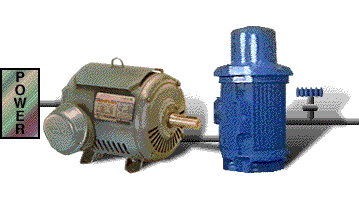
When evaluating systems for variable frequency drives, we need to keep in mind that there are different types of loads, each with different characteristics. They are:
Constant Horsepower Loads
Constant horsepower loads require high torque at low speeds and low torque at high speeds, which means constant horsepower at any speed. Constant horsepower loads include grinders, winding machines and lathes.
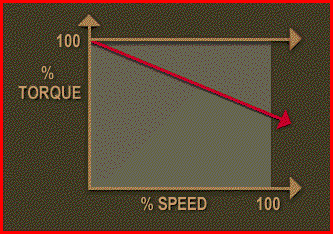
For constant horsepower loads, the torque loading is a function of speed up to100% operating speed. As the speed of the operation is decreased, the torque increases so that the horsepower required remains essentially constant.
Constant Horsepower Load Installation
Constant horsepower loads include equipment such as grinders, winders, and lathes.
Since the power required by a constant horsepower load remains the same regardless of torque or speed requirements of the operation, there are no direct energy savings from installing variable frequency drives with constant horsepower loads. The only justification for installation of a variable frequency drive would be based on improvement in the process control of the operation.
Variable frequency drives can substantially reduce the amount of energy used in certain motor operations by controlling the speed or rate of flow of an operation rather than relying on valves or other energy dissipating devices to control the speed or flow rates.

When evaluating systems for variable frequency drives, we need to keep in mind that there are different types of loads, each with different characteristics. They are:
-
variable torque loads like fans and pumps,
-
constant torque loads like conveyors and positive displacement or reciprocating pumps, and
- constant horsepower loads like grinders and winding machines.
Constant Horsepower Loads
Constant horsepower loads require high torque at low speeds and low torque at high speeds, which means constant horsepower at any speed. Constant horsepower loads include grinders, winding machines and lathes.

For constant horsepower loads, the torque loading is a function of speed up to100% operating speed. As the speed of the operation is decreased, the torque increases so that the horsepower required remains essentially constant.
Constant Horsepower Load Installation
Constant horsepower loads include equipment such as grinders, winders, and lathes.
Since the power required by a constant horsepower load remains the same regardless of torque or speed requirements of the operation, there are no direct energy savings from installing variable frequency drives with constant horsepower loads. The only justification for installation of a variable frequency drive would be based on improvement in the process control of the operation.
Post a Comment:
You may also like:
Featured Articles
Variable frequency drive Rectifier
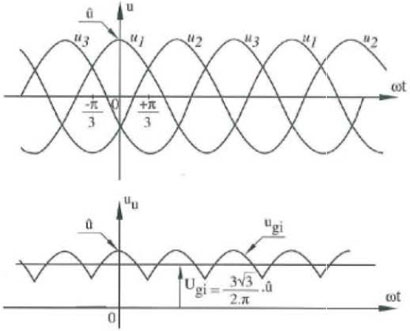 To understand variable frequency drive (VFD) better, it's necessary to explain some of the main parts of the variable frequency ...
To understand variable frequency drive (VFD) better, it's necessary to explain some of the main parts of the variable frequency ...
 To understand variable frequency drive (VFD) better, it's necessary to explain some of the main parts of the variable frequency ...
To understand variable frequency drive (VFD) better, it's necessary to explain some of the main parts of the variable frequency ...What is VFD, How it works? - VFD ...
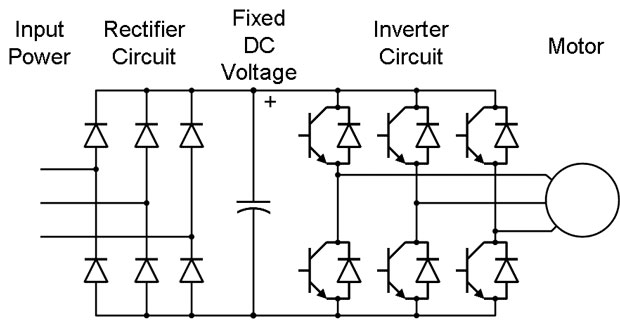 VFD is shorted for Variable Frequency Drive (also known as AC Drives and Inverters) -- that's used to make an AC motor working in ...
VFD is shorted for Variable Frequency Drive (also known as AC Drives and Inverters) -- that's used to make an AC motor working in ...
 VFD is shorted for Variable Frequency Drive (also known as AC Drives and Inverters) -- that's used to make an AC motor working in ...
VFD is shorted for Variable Frequency Drive (also known as AC Drives and Inverters) -- that's used to make an AC motor working in ...VFD: Insulated Gate Bipolar Transistor ...
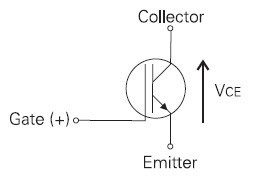 IGBT (insulated gate bipolar transistor) provides a high switching speed necessary for PWM VFD operation. IGBTs are capable of ...
IGBT (insulated gate bipolar transistor) provides a high switching speed necessary for PWM VFD operation. IGBTs are capable of ...
 IGBT (insulated gate bipolar transistor) provides a high switching speed necessary for PWM VFD operation. IGBTs are capable of ...
IGBT (insulated gate bipolar transistor) provides a high switching speed necessary for PWM VFD operation. IGBTs are capable of ...VFD controlled Induction motor ...
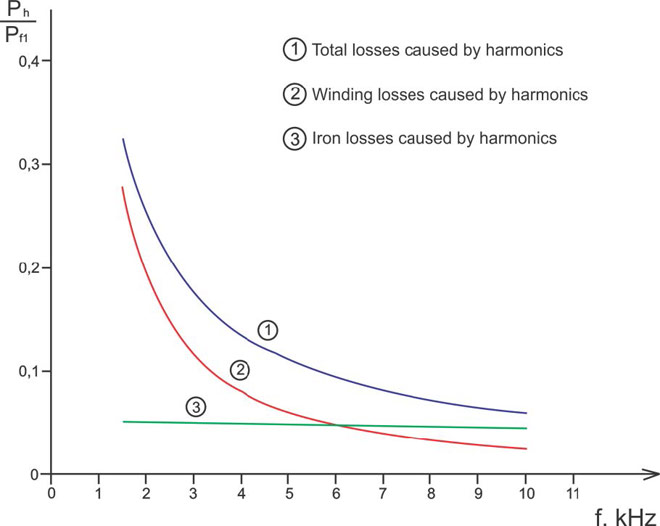 This paper presents a procedure to measure the efficiency on an induction motor fed by a VFD by the all operation range to speed ...
This paper presents a procedure to measure the efficiency on an induction motor fed by a VFD by the all operation range to speed ...
 This paper presents a procedure to measure the efficiency on an induction motor fed by a VFD by the all operation range to speed ...
This paper presents a procedure to measure the efficiency on an induction motor fed by a VFD by the all operation range to speed ...Three phase inverters
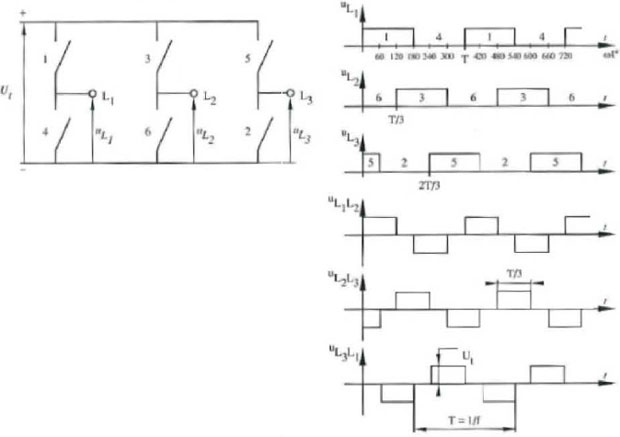 In the variable frequency drive rectifier paper, it explains how to go from three phase alternating current voltage to a direct ...
In the variable frequency drive rectifier paper, it explains how to go from three phase alternating current voltage to a direct ...
 In the variable frequency drive rectifier paper, it explains how to go from three phase alternating current voltage to a direct ...
In the variable frequency drive rectifier paper, it explains how to go from three phase alternating current voltage to a direct ...
VFD manufacturers
